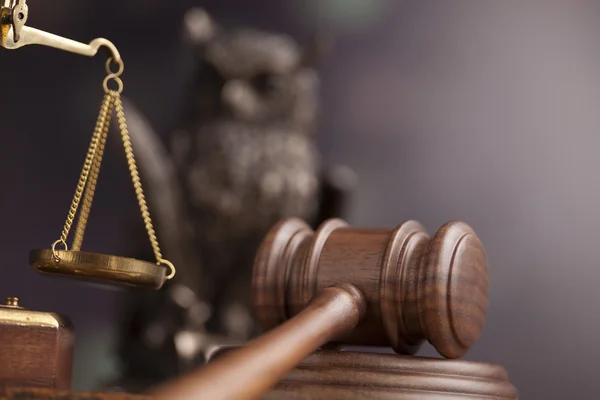Protecting Your Intellectual Property: A Guide to Copyright, Trademarks, and Patents

In today’s fast-paced and innovative world, protecting intellectual property (IP) has become more crucial than ever. Intellectual property encompasses creations of the mind, including inventions, literary and artistic works, symbols, names, images, and designs. Ensuring the protection of your IP is vital for maintaining the competitive edge and value of your ideas. This article provides a comprehensive guide to understanding the three main forms of intellectual property protection: copyrights, trademarks, and patents.
Understanding Copyrights
What is a Copyright?
Copyright is a legal protection granted to the creators of original works of authorship, such as books, music, films, software, and artwork. Copyright gives the creator the exclusive right to use, reproduce, distribute, and display their work, typically for a period of the creator’s life plus 70 years. It is important to note that copyright protection arises automatically when the work is created and fixed in a tangible medium.
How to Protect Your Copyright
While copyright protection is automatic, registering your copyright with the appropriate government agency, such as the U.S. Copyright Office, provides additional legal benefits. Registration creates a public record of your copyright and allows you to pursue legal action against infringers. Additionally, registered copyrights can qualify for statutory damages and attorney’s fees in the event of a lawsuit.
Common Misconceptions About Copyright
One common misconception is that simply altering a copyrighted work slightly makes it your own. In reality, substantial similarity to the original work can still constitute infringement. It’s also important to understand that copyright does not protect ideas, concepts, or facts, but rather the expression of those ideas.
Understanding Trademarks
What is a Trademark?
A trademark is a symbol, word, phrase, design, or combination thereof that identifies and distinguishes the source of goods or services of one party from those of others. Trademarks are essential for building brand recognition and customer loyalty. Unlike copyrights, trademarks can last indefinitely, as long as they are in use and properly maintained.

How to Protect Your Trademark
To protect your trademark, you must use it in commerce and consider registering it with the relevant government office, such as the U.S. Patent and Trademark Office (USPTO). Registration provides nationwide protection and the legal presumption of ownership. It also grants the ability to bring legal action in federal court against those who infringe upon your trademark.
The Importance of Trademark Monitoring
Trademark owners should actively monitor their trademarks to ensure that no one else is using similar marks that could cause confusion among consumers. This can involve conducting regular searches and setting up alerts to detect potential infringements. Vigilant monitoring helps maintain the strength and integrity of your brand.
Understanding Patents
What is a Patent?
A patent is a form of intellectual property protection that grants the patent holder the exclusive right to make, use, sell, and import an invention for a limited time, typically 20 years from the filing date. Patents are granted for new, useful, and non-obvious inventions, including processes, machines, manufactures, or compositions of matter.
Types of Patents
There are three main types of patents:
- Utility Patents: Cover new and useful inventions or discoveries.
- Design Patents: Protect the ornamental design of an object.
- Plant Patents: Granted for new and distinct varieties of plants.
How to Protect Your Patent
To protect your invention with a patent, you must file a patent application with the USPTO or the relevant patent office in your country. The application process involves a thorough examination to determine whether the invention meets the criteria for patentability. Once granted, the patent owner must pay maintenance fees to keep the patent in force.
The Importance of Patent Research
Before applying for a patent, it’s essential to conduct a patent search to ensure your invention is truly unique and has not been patented by someone else. This step can save time and resources and prevent potential legal disputes.
Conclusion
Protecting your intellectual property is a critical step in safeguarding your creative and innovative works. Understanding the differences between copyrights, trademarks, and patents—and how to protect each—ensures that your intellectual property remains secure and legally defensible. By taking proactive measures, you can maintain the value of your ideas and inventions while preventing unauthorized use by others.




